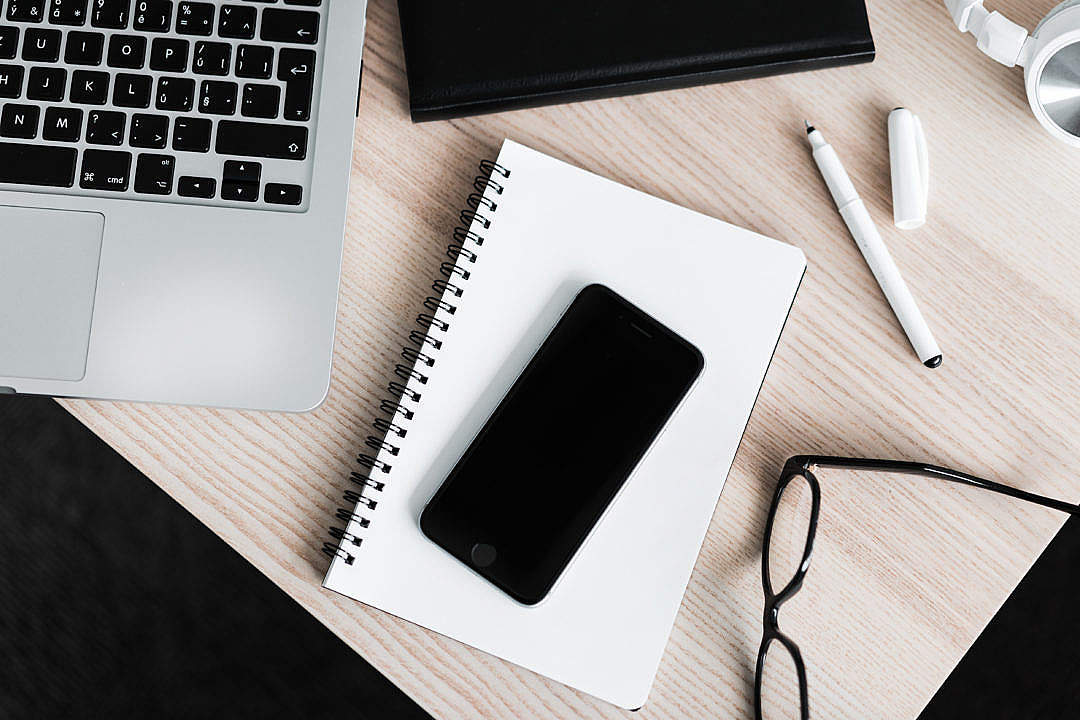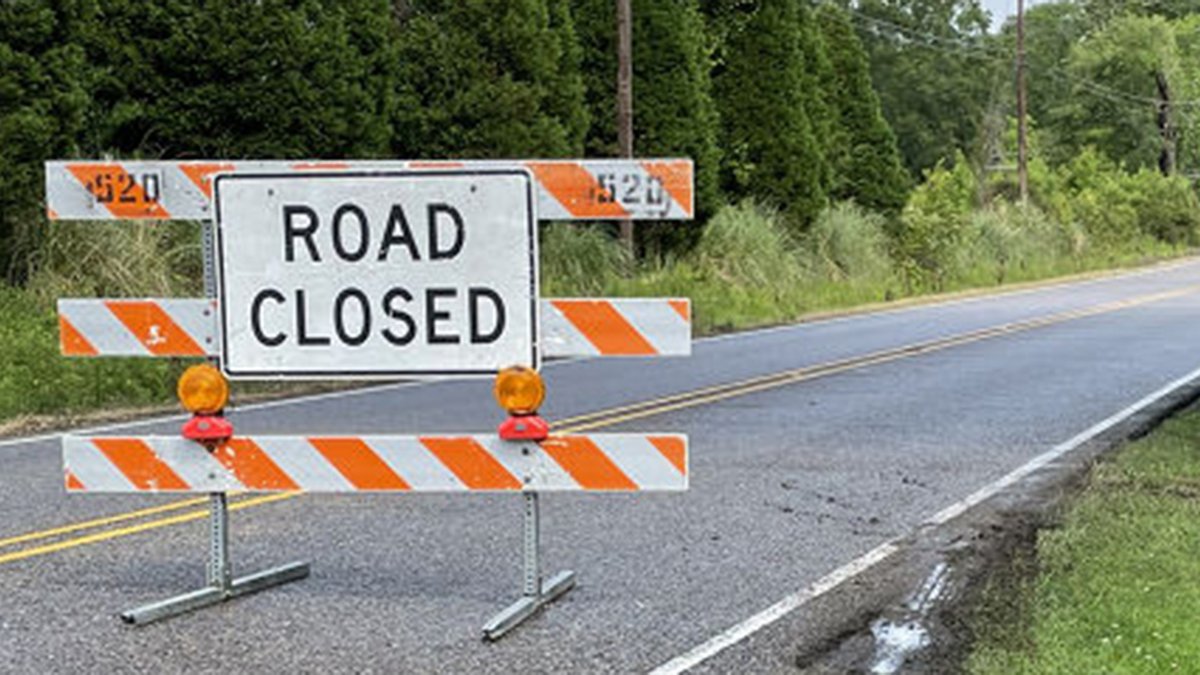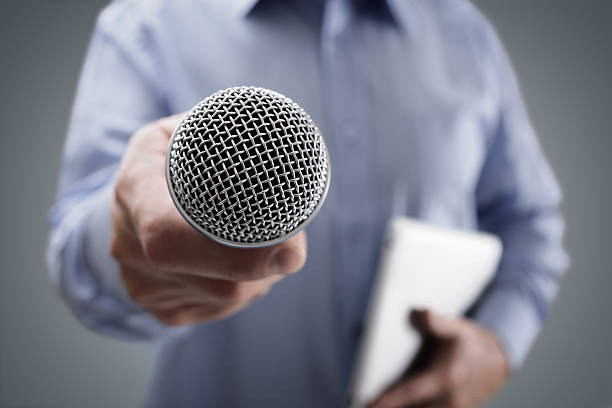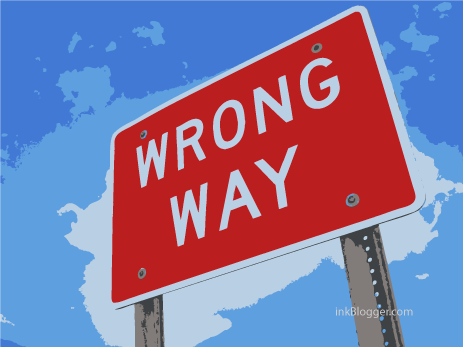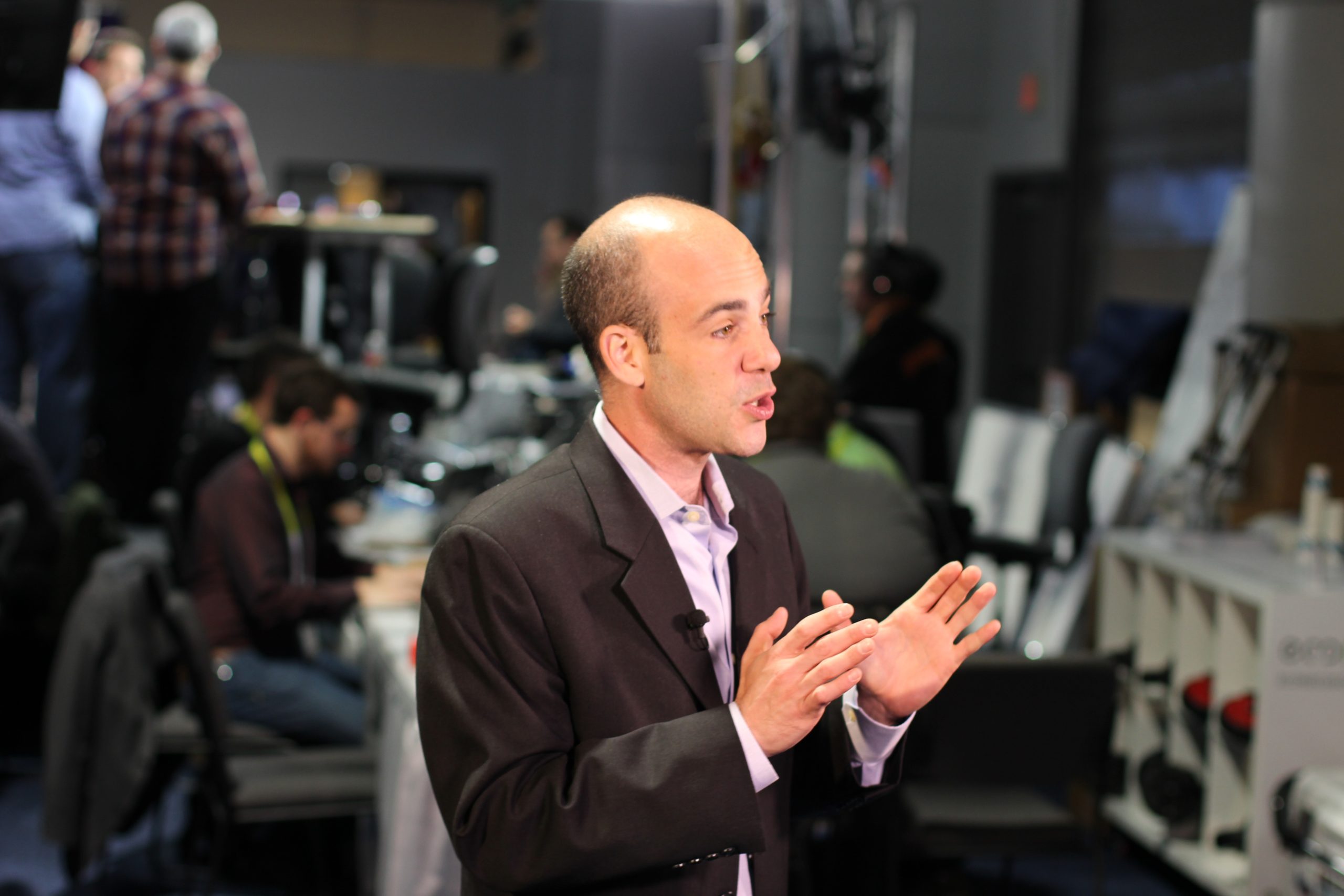The headlines, social posts and PR takes were fascinating.
“Guyana president blasts journalist when discussing country’s oil reserves”
“BBC journalist humbled by Guyana’s president…”
Last week international communications expert (and my friend) Bob Pickard posted an extraordinary”train wreck” excerpt of an exchange between Guyanese President Irfaan Ali and Stephen Sackur of BBC World News. Mr. Sackur interviewed Mr. Ali about his country’s vast oil reserves and their impact on both the country and the climate. The full exchange is well worth a look, but the two-minute portion that has gone viral is a must-watch example of how to turn the tables in an adversarial media interview.
The excerpted video has special significance given its geopolitical context. Historically, Guyana has been a net importer of oil whose citizens mostly live below the poverty line. But the discovery of huge reserves of high-quality, oil-bearing sandstone off its coast may transform the former British colony into one of the richest countries on the globe. There will be $150 billion worth of oil and gas extracted from its waters, which will create enormous wealth, and in doing so, release a huge amount of carbon emissions.
How to push back – from the start
The social takes were one thing, but the full interview between the two men is far more nuanced. The BBC’s Sackur puts President Ali on the defensive when he points out that his country may have lost as much as $55 billion in potential revenue by giving away too much to large international petroleum companies. There’s also an ugly border dispute with Venezuela, which has tried to lay claim to some of the oil profits, to which President Ali has no real answers.
But Ali uses some time-honored PR techniques to turn things in his favor. The situation offers real learnings for PR and communications professionals, especially those who specialize in media training.
Lead with your strongest moments
This one’s obvious, but its success in this case is absolutely stunning. The great majority of those aware of President Ali’s interview will only have seen the two-minute clip that circulated on social media. In the attention age, the sound bites and short clips will always get the most attention. There’s no time for lengthy analyses or room for subtle distinctions. Like any political leader, Ali surely knows this, and he knows how to take advantage of it. The viral clip was irresistible to mainstream media and opinion leaders precisely because of the historical, racial, and geopolitical undercurrents.
Challenge the negative premise
A skilled respondent is prepared to challenge a question whose underlying assumption contradicts his message. As Sackur leads into a query about the climate impact of Guyana’s oil extraction plan, President Ali pushes back – literally. He holds up his hand in the “halt” gesture. He raises his voice and says, “Let me stop you right there.” The two men then talk over one another for a few seconds, but Ali does not give ground. He makes it clear that he does not accept Sackur’s premise and begins to turn the discussion around by recounting the reasons in a single uninterrupted flow.
Insist on having your say
In the age of cable news, interrupting the host or interviewer can be a tricky proposition. Many discussions devolve into an on-air argument where both parties look like squabbling children. In this case, President Ali is successful because he refuses to be interrupted and appears well prepared with facts, statistics, and an audible degree of righteous indignation. He does not shout, but the emotion in his voice lends weight and dignity to his argument. Sackur, to his credit, holds his own and presses the zero-emissions issue, but Ali is unrelenting. Sackur’s prepared and informed approach is no match for Ali’s passionate defense of his country’s right to chart its own course and profit from its prized resources.
Reject hypotheticals
When asked about the potential repercussions of Guyana’s oil extraction, Ali counters with facts about the current situation. He is firmly focused on the here and now, not the predictions for 2035 and beyond. He staunchly defends his country’s plan with facts about its biodiversity, low deforestation rate, and responsible stewardship of its resources. Most of all, he goes on the offensive. When it comes to oil extraction and climate impact, he reasons, there’s plenty of blame to go around. Why should Guyana be held responsible when so many affluent countries have failed to follow their own rules?
Take the offensive
The most powerful part of the interview, and the portion that went viral, was Ali’s charge of hypocrisy on the part of Sackur, the BBC, and the West. In a classic DARVO (Deny, Attack, Reverse Victim and Offender) pivot, Ali seizes on the colonial history of his country and attacks the BBC, and by proxy, Europe and the developed world. He turns the tables and vehemently responds, “does that give you the right to lecture us on climate change? I am going to lecture you on climate change.”
The world in the last 50 years has lost 65 per cent of all its biodiversity. We have kept our biodiversity, are you valuing it?
Are you ready to pay for it? When is this developed world going to pay for it or are you in the pockets… of those who have damaged the environment? Are you in the pockets… you and your system in the pockets of those who destroyed the environment through the industrial revolution and now lecturing us?
The words are powerful, but the visual image may be even more so. Fair or not, it is one of an older (white) man from a faded colonial power attempting to school the youthful leader of an emerging and diverse nation. It has resulted in enormous positive PR for President Ali as well as mainstream editorials advocating for Caribbean leaders to stand up to the “condescending” West.
The fact is, Guyana’s President Ali faces some tough questions and real challenges. But based on his handling of the BBC interview, you’d never know it.

